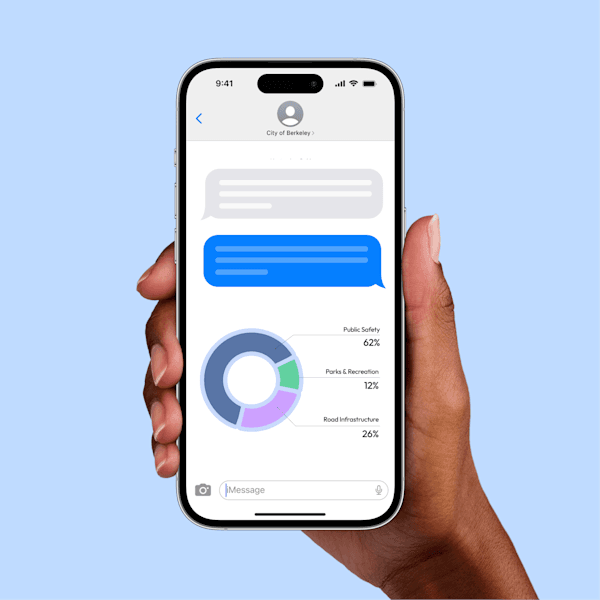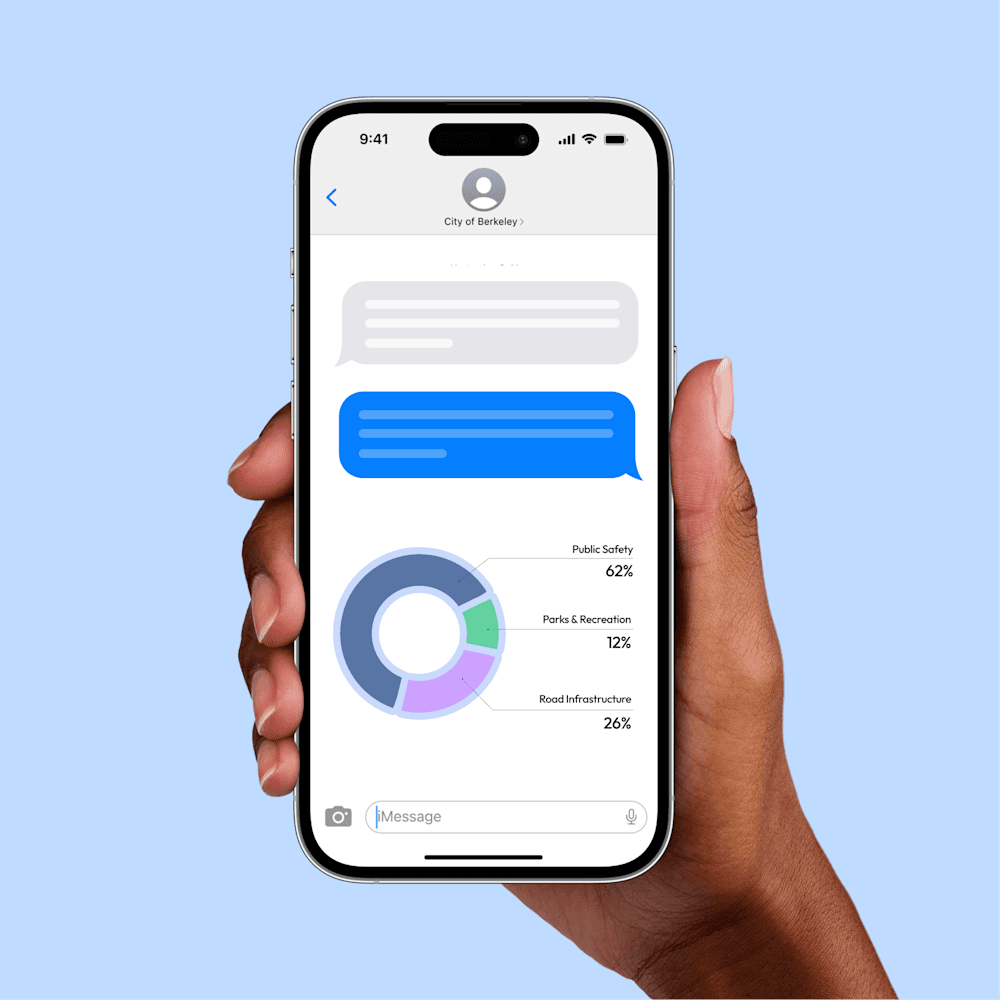
Constituent Engagement: How Leaders Listen and Respond
Constituent engagement is at the heart of every healthy democracy. Whether you’re an elected official, a nonprofit leader, or a citizen trying to make your voice heard, engagement is what turns public service into public trust.
In this guide, we’ll explain what constituent engagement means, why it matters, and how modern tools are helping public officials build stronger, more responsive relationships with the people they serve.
What Is Constituent Engagement?
Constituent engagement refers to the ongoing process of communicating, listening, and responding to the people affected by an organization’s or government’s decisions.
In government, constituent engagement means keeping an open line between elected officials and the residents they represent, through meetings, public opinion polls, surveys, emails, events, and digital platforms. It’s how leaders understand community needs and ensure that policies reflect the people’s priorities.
In the nonprofit world, constituent engagement has a slightly different focus. It involves building relationships with beneficiaries, members, donors, and volunteers, the people who make the organization’s mission possible. In both cases, engagement isn’t a one-time interaction; it’s a cycle of listening, responding, and improving based on feedback.
Who Are Constituents?
A constituent is anyone who has a stake in your work.
For elected officials, constituents are the residents, voters, and communities within your district. For nonprofits, they’re the individuals or groups your organization serves or relies on for support.
Examples of constituents include:
Residents and voters in a city, township, or district
Local businesses and community organizations affected by policies
Nonprofit members, volunteers, and beneficiaries who depend on your programs
Civic partners and advocacy groups working toward shared goals
When leaders talk about staying connected to constituents, they aim to ensure everyone with a stake in a decision has a say.
Why Constituent Engagement Matters
When engagement is done well, it builds more than awareness. It builds trust.
Effective constituent engagement helps leaders:
Understand real community needs. Decisions based on feedback are more grounded and effective than those made in isolation.
Increase transparency and accountability. Open communication shows the public how and why decisions are made.
Strengthen civic participation. When people feel heard, they’re more likely to vote, volunteer, and get involved in local issues.
Build resilience and collaboration. Engagement turns communities into partners in problem-solving, not just observers of government.
For nonprofits, constituent engagement is equally vital. When organizations invite input from their members or service communities, they build trust, improve impact, and foster long-term support.
However, when engagement breaks down, so does confidence in leadership. A lack of communication can make people feel invisible, even when leaders are working hard behind the scenes. In today’s polarized environment, rebuilding that trust starts with consistent and transparent connection.
LEARN MORE: Engagement is a two-way street. It’s crucial for constituents to participate in civic engagement, too, to build active, representative, and resilient communities.
Strategies for Effective Constituent Engagement
Every community is different, but the core principles of good engagement are universal: listen first, respond clearly, and close the feedback loop.
Some constituent engagement strategies to improve your efforts include:
#1: Prioritize Two-Way Communication
True engagement isn’t just about sharing information. It’s about creating dialogue. Regular town halls, listening sessions, or online Q&As invite real feedback and signal that you’re accessible.
#2: Make Engagement Easy and Inclusive
Your constituents are diverse, so the way you reach them should be too. Use a mix of in-person and digital tools to reach everyone, including residents who can’t attend public meetings. Provide options in multiple languages and formats so all voices can participate.
#3: Act on What You Hear
Engagement without follow-through erodes trust. When constituents share their input, show them how it influenced your decisions. Whether through newsletters, dashboards, or public reports, transparency strengthens relationships.
#4: Leverage Data Responsibly
Use surveys, polls, and feedback forms to identify trends and interpret the results thoughtfully. Combine quantitative data with qualitative insights from conversations and community meetings.
#5: Build Continuous, Not Occasional, Engagement
Don’t wait for election season or annual reports to connect. Ongoing engagement throughout the year makes government and nonprofits more responsive, resilient, and trusted.
LEARN MORE: Explore what it takes to be a good public servant instead of another self-serving politician.
Tools That Support Constituent Engagement
Technology has made engagement more scalable, efficient, and inclusive. Modern constituent engagement tools help leaders collect feedback, analyze data, and respond transparently, all without adding unnecessary bureaucracy.
Some examples of constituent engagement tech include:
Civic Feedback Platforms: Tools like GoodParty.org Serve allow elected officials to gather and act on community feedback, helping turn insights into informed decisions.
Email and CRM Systems: These help manage constituent communications, track interactions, and ensure consistent follow-up.
Survey and Polling Tools: From local issue surveys to public comment forms, digital feedback makes it easier to hear from more people, more often.
Open Data Dashboards: Publishing data about projects, spending, or service delivery keeps communities informed and engaged.
When used well, these tools transform constituent engagement from a one-way broadcast into a meaningful dialogue that drives better governance.
LEARN MORE: See how civic technology is making engagement easier for both communities and public officials.
Engagement Builds Better Leadership
The most effective leaders don’t just speak. They listen. Constituent engagement is how elected officials, civic leaders, and nonprofit managers ensure that listening leads to action.
In an age of polarization and disinformation, genuine engagement reminds people that government and community organizations exist to serve them. Every message returned, every listening session held, and every piece of feedback acted upon helps rebuild trust in public service.
At GoodParty.org, we believe strong engagement makes for a strong democracy. That’s why we built GoodParty.org Serve, a civic technology tool designed to help elected officials and community leaders collect, understand, and act on constituent feedback.
Whether you’re a first-term councilmember or a long-time public servant, Serve gives you the tools to listen effectively and lead with integrity.
Photo by Vitaly Gariev on Unsplash
Ready to really understand your community? Explore GoodParty.org Serve today and take your next step toward deeper, more meaningful constituent engagement.

